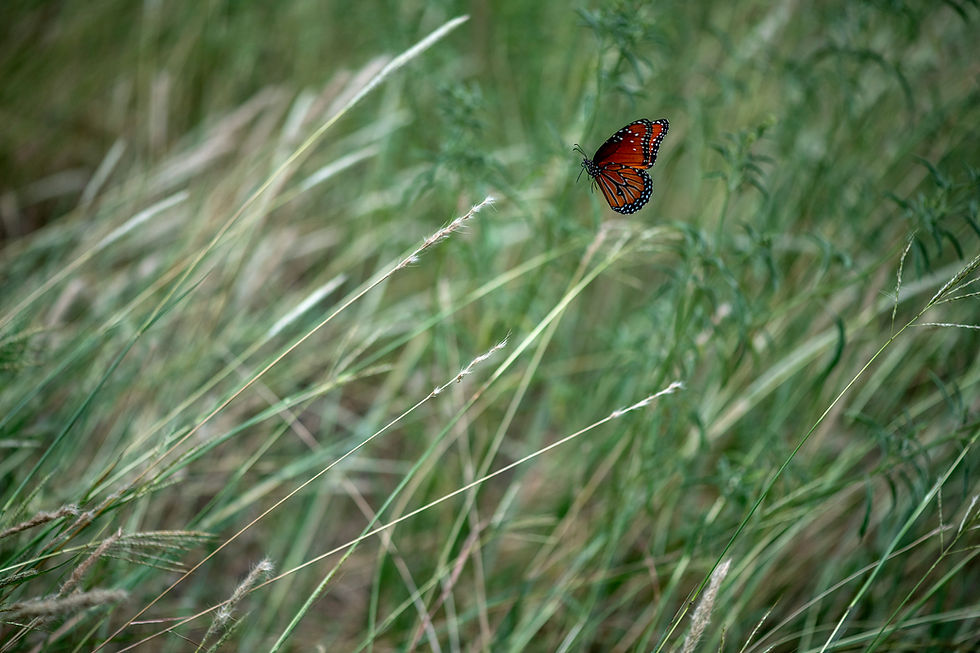Bozeman, Montana and Yellowstone National Park
- Jeremy Lock
- Mar 3, 2023
- 3 min read
Updated: Mar 3, 2023
A little over a week ago I found myself in freezing temperatures in Bozeman, Montana for the first time surrounded by a bunch of fellow veterans warming my spirit and my heart! I was with the awesome team and volunteers from Warriors & Quiet Waters (WQW). We were teaching photography to veterans that have been through the program in some sort of manner and have a strong interest in learning a new skill with photography. The students will then come back a couple times over the year with their new skill and a mentor and help document the WQW program. A win, win in my book!
It was a great time, and what they don’t know is this fuels my heart just as much as theirs! It was great to see and work again with my fellow combat photographers Ken Scar, Russell Klika and Mike MacLeod as well as meeting new friends teaching and providing logistical support, Montana photographers and longtime supporters of WQW, veterans Kelly King and Harry Miller
It was a beautiful week introducing the basics of photography to our students. Each student was given two canon bodies, a 24/70 and a 100/500 lens to play in a studio setting, working on portraiture, a day in Yellowstone for wildlife and landscape and then (my favorite) action and photojournalism with a young all girls hockey team. The best part is that the students were sent home with a camera where they are continuing to shoot sending us their images while getting better, finding their passion.
It was also my first time in Yellowstone, and I can’t wait to go back! When we arrived it was -10 degrees Fahrenheit. Here are a few of my images from that day as well as some behind the scenes shot by the faculty mentioned above.
WQW are guiding Post-9/11 Combat Veterans after years of paying service to our country to a new critical mission: finding their purpose in civilian life. WQW guides veterans and their loved ones to thrive and find peace, meaning, and purpose through fly fishing and other inspirational activities in nature.
I highly recommend WQW, so check them out and apply!

On March 1, 1872, Yellowstone became the first national park for all to enjoy the unique hydrothermal and geologic features and is home to the largest concentration of mammals in the lower 48 states.

Yellowstone is the only place in the United States where bison (Bison bison) have lived continuously since prehistoric times.

The record high temperature was 99 °F (37 °C) in 2002, while the coldest temperature recorded is −66 °F (−54 °C) in 1933.

Elk are the most abundant large mammal found in Yellowstone. The North American pronghorn (Antilocapra americana) is the surviving member of a group of animals that evolved in North America during the past 20 million years. It is not a true antelope, which is found in Africa and southeast Asia.

Not many people visit Yellowstone during the winter. The park is nothing more than miles and miles of solitude.

Snow is possible in any month of the year, but most common between November and April, with averages of 150 inches (3,800 mm) annually around Yellowstone Lake, to twice that amount at higher elevations

A bison has elongated vertebrae to which strong neck muscles are attached, enabling the animal to sweep its massive head from side to side to clear off up to three feet of snow.

Deer, elk, and bison sometimes follow each other through deep snow to save energy.

Between 10 and 13 interbreeding bands of bighorn sheep occupy steep terrain in the upper Yellowstone River drainage, including habitat that extends more than 20 miles north of the park.

The reduction in snowpack is most pronounced in spring and summer, with an overall continued decline in snowfallprojected for Yellowstone over the coming decades.

A male (bull) weighs up to 2,000 pounds, female (cow) weighs up to 1,000 pounds and can live 12-15 years, a few live as long as 20 years.

Yellowstone National Park receives between 50 and 200 inches of snow each year

Yellowstone is a huge park, covering 2.2 million acres and spanning across northwestern Wyoming into Montana and Idaho.

Group photo @studiomacleodphotos




Comments